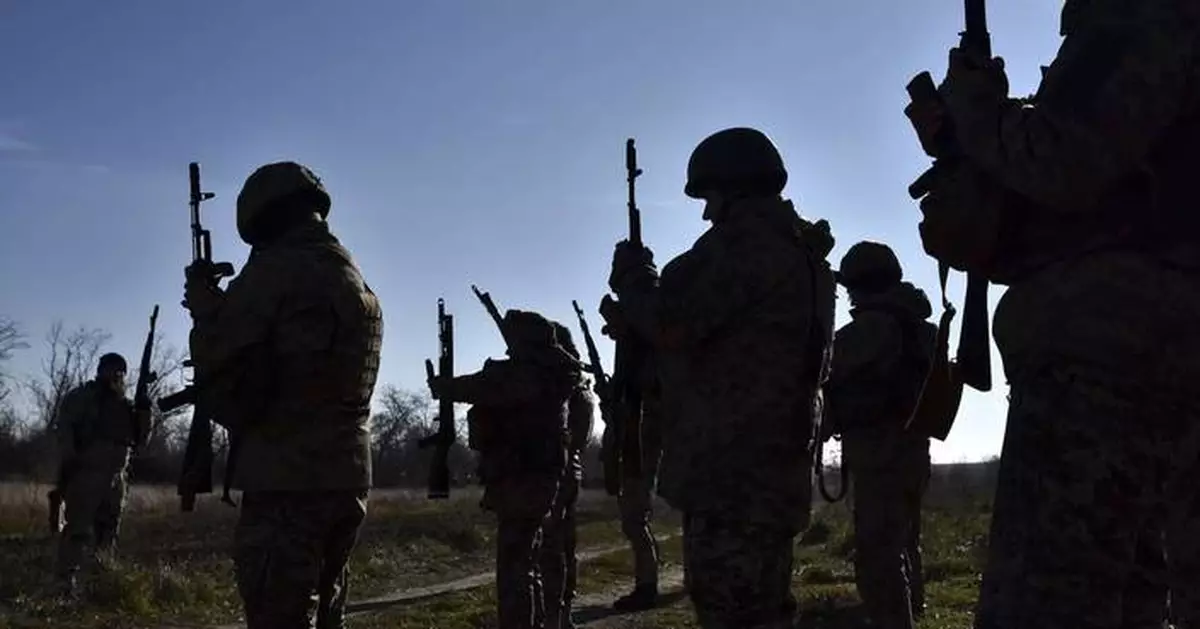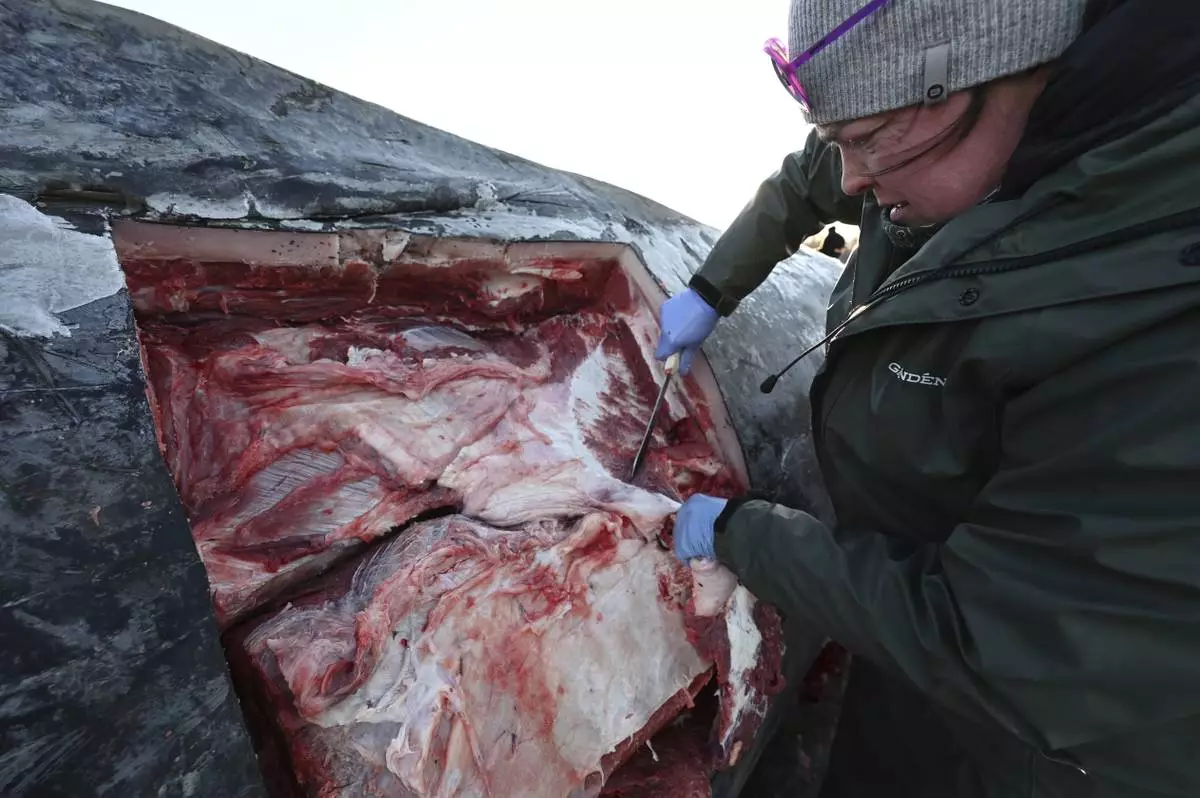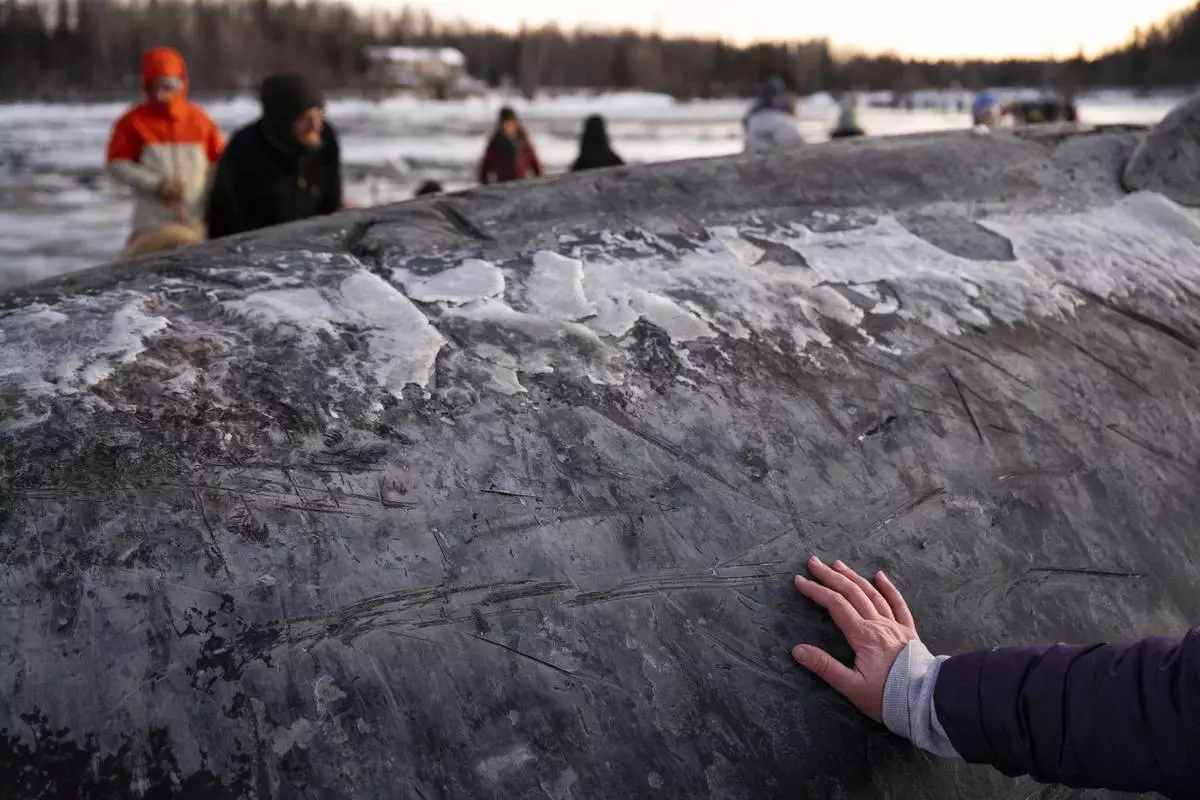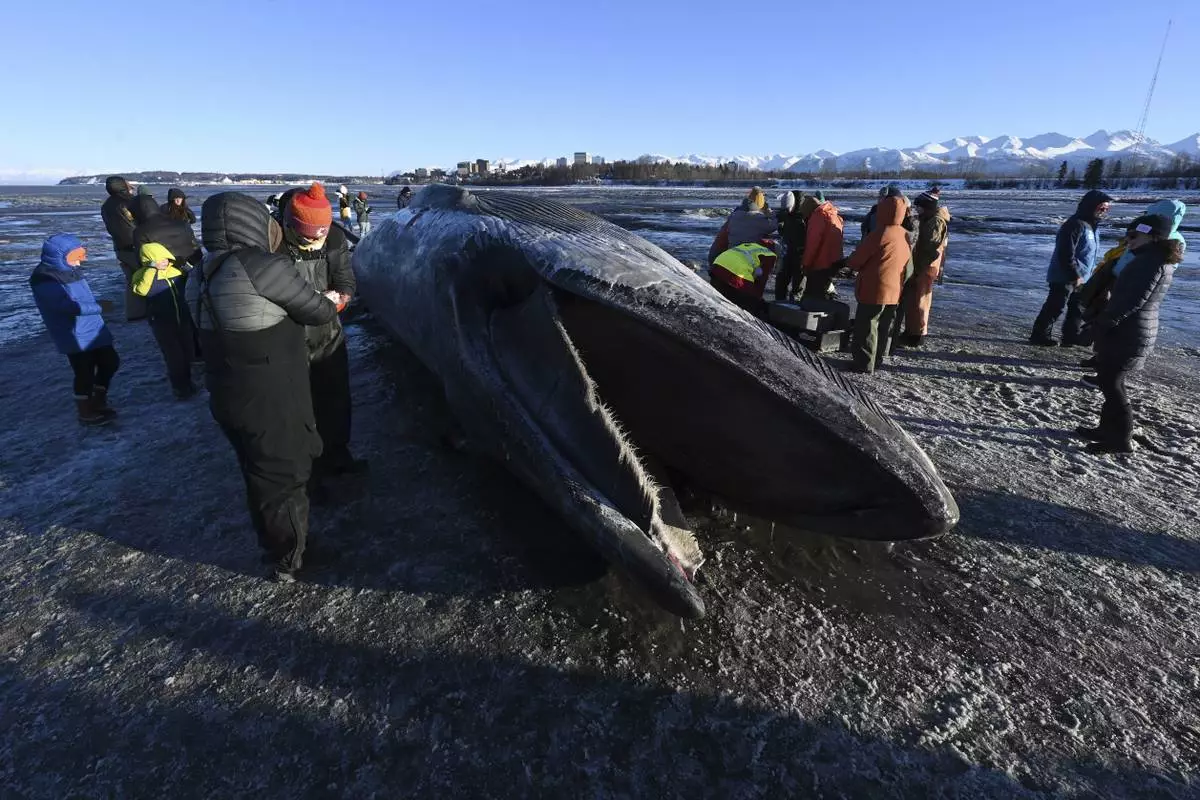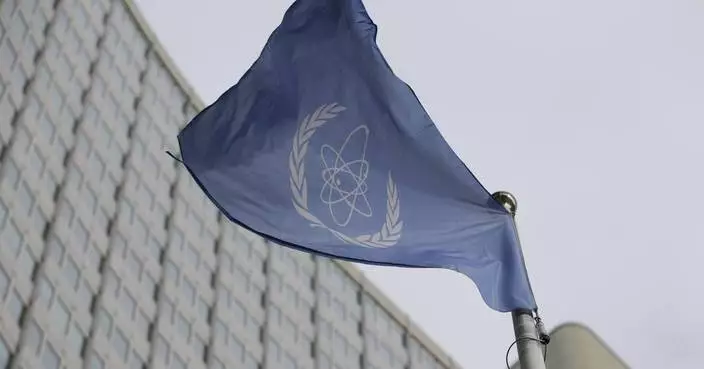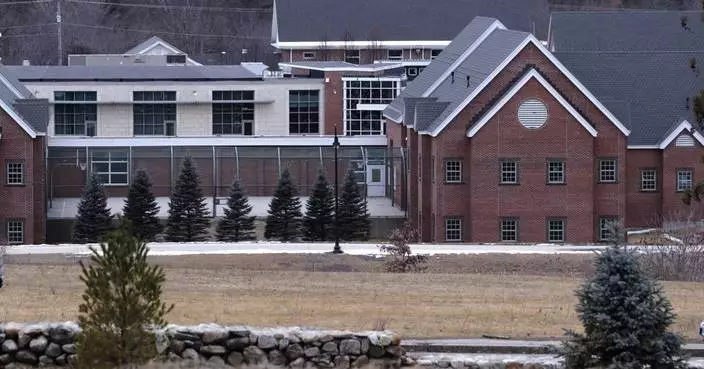WASHINGTON (AP) — The Pentagon will send Ukraine at least $275 million in new weapons, U.S. officials said Tuesday, as the Biden administration rushes to do as much as it can to help Kyiv fight back against Russia in the remaining two months before President-elect Donald Trump takes office.
The latest tranche of weapons comes as worries grow about an escalation in the conflict, with both sides pushing to gain any advantage that they can exploit if Trump demands a quick end to the war — as he has vowed to do.
In rapid succession this week, President Joe Biden gave Ukraine the authority to fire longer-range missiles deeper into Russia and then Russian President Vladimir Putin formally lowered the threshold for using nuclear weapons.
U.S. officials contend that Russia’s change in nuclear doctrine was expected, but Moscow is warning that Ukraine's new use of the Army Tactical Missile System, known as ATACMS, inside Russia on Tuesday could trigger a strong response.
One American official said the U.S. is seeing no indications that Russia is preparing to use a nuclear weapon in Ukraine. The U.S. officials spoke on condition of anonymity because the aid package has not yet been made public.
Asked Tuesday if a Ukrainian attack with longer-range U.S. missiles could potentially trigger use of nuclear weapons, Kremlin spokesman Dmitry Peskov answered affirmatively. He pointed to the doctrine’s provision that holds the door open for it after a conventional strike that raises critical threats for the “sovereignty and territorial integrity" of Russia and its ally Belarus.
A U.S. official said Ukraine fired about eight ATACM missiles into Russia on Tuesday, and just two were intercepted. The official said the U.S. is still assessing the damage but that the missiles struck an ammunition supply location in Karachev, in the Bryansk region.
The weapons in the new package of aid for Ukraine include an infusion of air defense, including High Mobility Artillery Rocket Systems (HIMARS), as well as 155mm and 105mm artillery rounds, Javelin anti-armor munitions and other equipment and spare parts, U.S. officials say.
The weapons will be provided through presidential drawdown authority, which allows the Pentagon quickly to pull supplies from its shelves to speed them to Ukraine’s front line.
Trump’s upcoming move to the White House has triggered a scramble by the Biden administration to ensure all the congressionally approved funding for Ukraine gets delivered and that Kyiv is in a strong position going into the winter.
The Biden administration would have to rush $7.1 billion in weapons from the Pentagon’s stockpiles to spend all of those funds before Trump is sworn in. That includes $4.3 billion from a foreign aid bill passed by Congress earlier this year and $2.8 billion still on the books in savings due to the Pentagon recalculating the value of systems sent.
As part of the wider effort, the administration also is on track to disperse its portion of a $50 billion loan to Ukraine, backed by frozen Russian assets, before Biden leaves the White House, according to two senior administration officials.
The officials, who were not authorized to comment publicly, said the U.S. and Ukraine are now in “advanced stages” in discussing terms of the loan and are looking to complete the process for the $20 billion portion of the mammoth loan that the U.S. is backing.
The goal is to get it done before the end of the year, one official said.
Trump has criticized U.S. support for Ukraine and derided Ukrainian President Volodymyr Zelenskyy as a “salesman” while also having praised Putin and touting his good relationship with him. The president-elect has claimed — without explaining how — that he will end the war in in Ukraine before his inauguration on Jan. 20, saying he will “get it resolved very quickly.”
Last week, when he addressed supporters from a golden ballroom at a his Mar-a-Lago resort, Trump returned to that pledge but again offered little information before changing the subject.
“We’re going to work very hard on Russia and Ukraine. It’s got to stop. Russia and Ukraine’s gotta stop,” he said.
He has suggested that Ukraine give up at least some of its Russian-occupied territory to settle the war, saying at a rally in late September that “if they made a bad deal, it would’ve been much better. They would’ve given up a little bit and everybody would be living and every building would be built and every tower would be aging for another 2,000 years.”
Earlier this year, the leaders of the Group of Seven wealthy democracies agreed to engineer the mammoth loan to help Ukraine. Interest earned on profits from Russia’s frozen central bank assets would be used as collateral.
Once terms are finalized, the U.S. will send the $20 billion to the World Bank, which will in turn disperse the money to Ukraine. The remaining $30 billion will come from the European Union, the United Kingdom, Canada and Japan, among others.
Associated Press writers Aamer Madhani in Rio de Janeiro, Brazil, Michelle Price in New York City and Tara Copp in Washington contributed to this report.

In this photo provided by the Ukraine's 65th Mechanised Brigade press service on Nov. 19, 2024, Ukrainian soldiers attend a training in Zaporizhzhia region, Ukraine. (Andriy Andriyenko/Ukraine's 65th Mechanised Brigade via AP)


